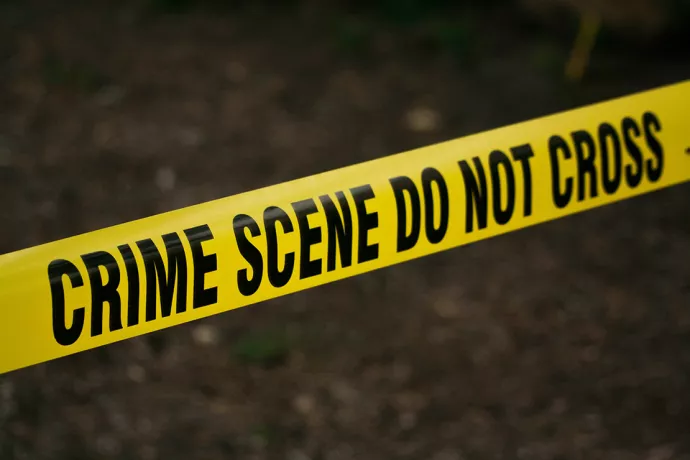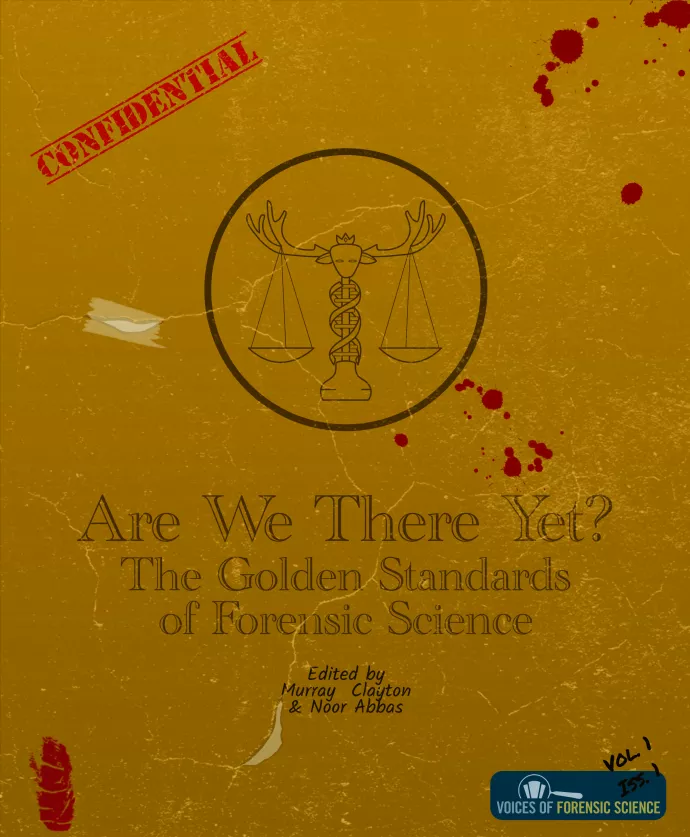
Examining the evidence: New student journal probes forensic science techniques
How do we really know if someone is a psychopath?
It’s the kind of question that might arise during a debate with friends about human nature, or when we read news reports about apparent cold-hearted killers. But for Nera Topcagic, it’s a query that requires more careful consideration by the criminal justice system to ensure justice is fully served.

The HPC-R is considered a gold standard in the discipline of forensic psychology, but Topcagic shows in her article that its validity is undermined by reliability and ethical issues. They include a weakness in predicting future violence by an offender, bias by test administrators, and a limited understanding of psychopathy by jurors. As Topcagic notes, given how much might be on the line for those being evaluated, especially in capital punishment cases, the tool should be further researched and its use more closely monitored.
“This test has a lot of flaws, which can be problematic because it can lead to wrongful convictions for those given this label,” says Topcagic, who just completed her undergraduate degree in psychology. “The science behind psychopathy is still under debate, and it’s hard for psychologists to be certain about such a diagnosis.”
Topcagic’s findings comprise a larger body of student research in the inaugural edition of Are We There Yet? The Golden Standards of Forensic Science (University of Toronto Libraries, April 2021). Developed by forensic minor students as a capstone project, the 303-page journal critically examines various well-established and commonly used practices and methods in the field, and offers new perspectives, alternative lenses and interdisciplinary considerations.
Over 16 well-researched chapters, the students break down the limitations of everything from DNA evidence to police body cameras to toxicology testing to machine learning. We learn about the ethical and privacy concerns surrounding using genetic genealogy to locate suspects; how to enhance facial approximation methods to identify missing people or human corpses; and the rise of digital forensics. Throughout, the students attempt to shed light on what’s working and not working in forensics, and highlight opportunities for improvement.
The students brainstormed ideas, researched their topics and wrote their articles from January to March. They were guided by Murray Clayton, Forensic Science program officer, and Noor Abbas, a forensic teaching assistant and graduate student in anthropology, as well as some UTM faculty, librarians and administrators. Drawing on data and insights from peer-reviewed studies, law enforcement reports and media articles, as well as some interviews with experts, their work reflects the perspectives of forensic scientists, judges, juries, lawyers, police officers, academics and other members of the medico-legal community. The students also took on various production roles to manage, design and publish the book in digital and print formats.
Topcagic and her classmates hope the publication prompts the forensics community to reconsider the notion of gold standards for the techniques they use.
“Many of these topics are really relevant right now, so we hope the articles shine a light on where can we go from here in terms of improving these standards,” Topcagic says.
